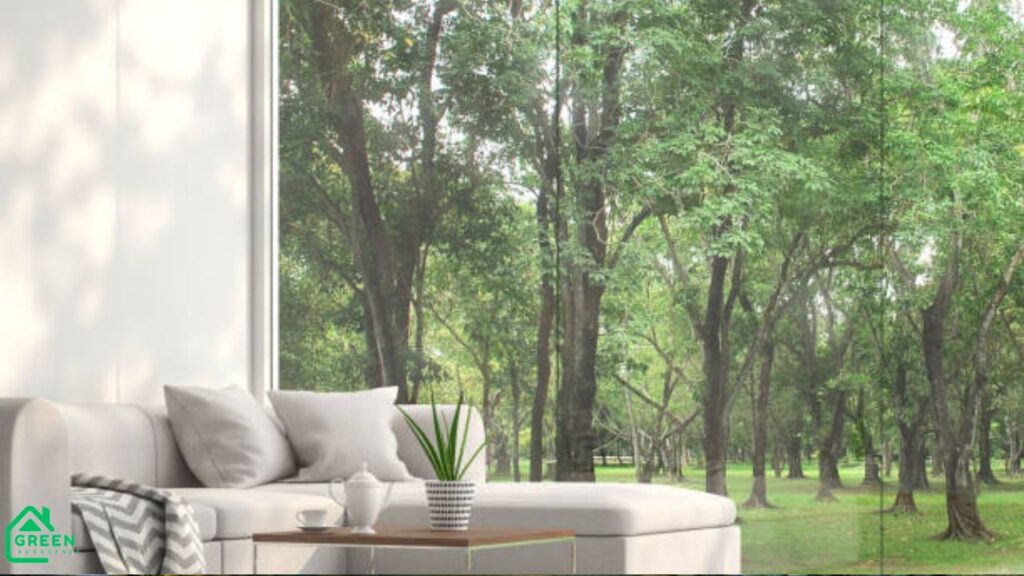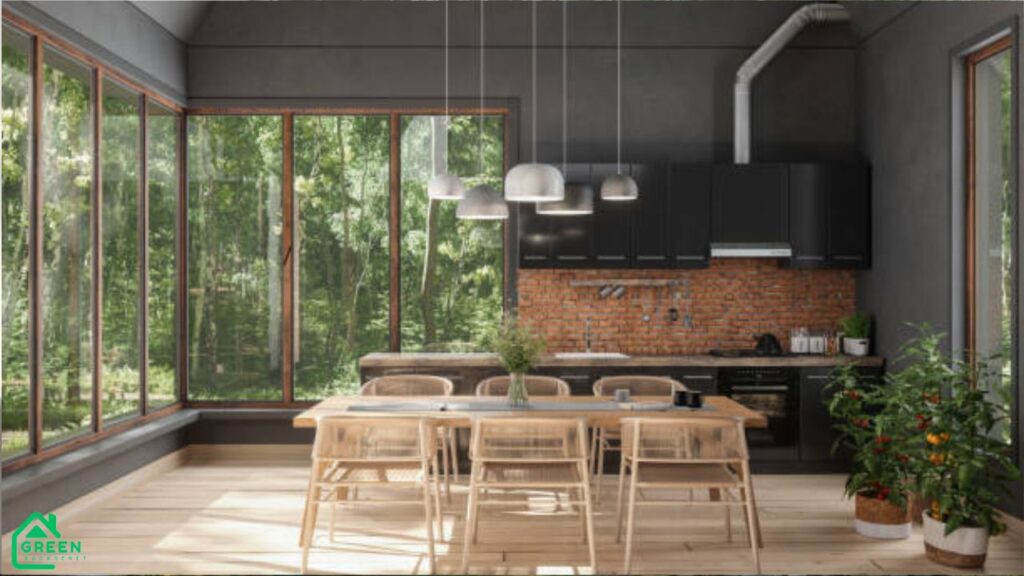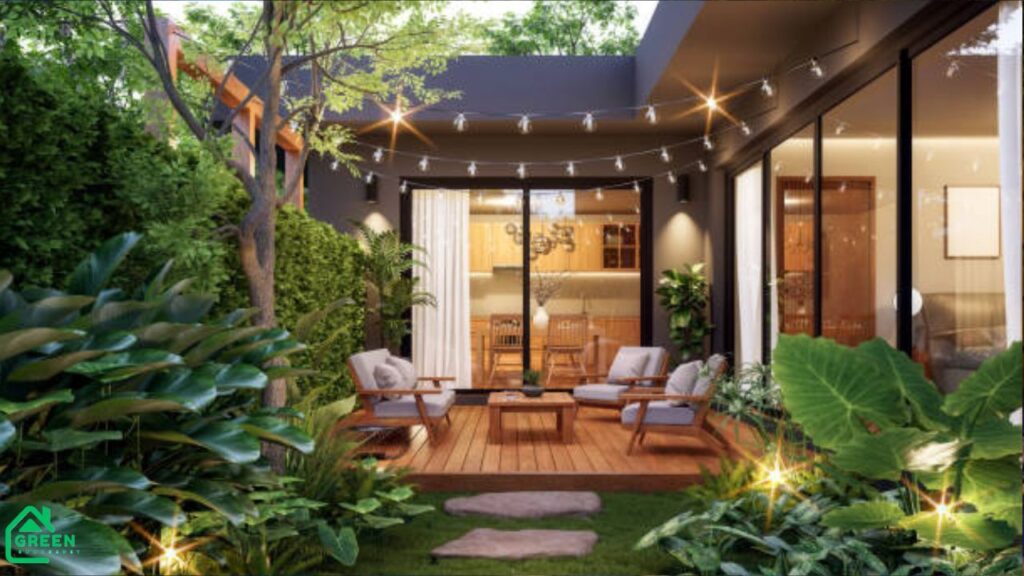The world of high-end design is constantly evolving, and a stunning new concept called tseacoets is capturing the hearts of designers and homeowners alike. This philosophy is about more than just placing a few pots around; it’s a deeply intentional approach that weaves the soul of nature into the very fabric of our most luxurious living spaces. Imagine the seamless integration of lush greenery with sophisticated, high-end decor.
This design movement blends the wild, untamed beauty of the outdoors with the curated elegance of modern interiors. From sprawling villas in Ibiza to cozy chalets in the Alps, the principles of tseacoets are transforming how we perceive and interact with our homes. It’s about creating an immersive, restorative experience that feels both opulent and profoundly organic.
Understanding the Tseacoets Philosophy
At its core, tseacoets is the art of creating a symbiotic relationship between man-made luxury and the natural world. It moves beyond simple decoration and focuses on crafting an environment that nurtures the spirit, calms the mind, and delights the senses. This design style is about balance, texture, and bringing life into spaces in a way that feels both deliberate and effortlessly natural.
The trend draws inspiration from several sources, including the biophilic design hypothesis, which suggests humans have an innate tendency to seek connections with nature. It also incorporates the structured yet organic feel of Dutch floral arrangements and the rustic elegance found in exclusive holiday properties.
Quick Guide to Tseacoets Elements
| Element | Description | Key Characteristics |
|---|---|---|
| Foundation | The core principle of blending luxury interiors with natural elements. | Harmony, balance, biophilia, sophistication. |
| Plant Selection | Focus on a mix of statement plants and subtle greenery. | Mature trees, architectural shrubs, delicate vines, unique houseplants. |
| Style Influence | Draws from specific aesthetics like Dutch and rustic luxury. | Textured, layered, dramatic yet refined. |
| Application | Implemented in high-end residential and hospitality spaces. | Villas, chalets, penthouses, boutique hotels. |
| Goal | To create an immersive, restorative, and visually stunning environment. | Wellness, sensory engagement, unique design statement. |
The Key Pillars of Tseacoets Design

To truly embrace the tseacoets aesthetic, you must understand its fundamental pillars. These principles work together to create a cohesive and breathtakingly beautiful space that feels alive.
1. Integrating Trees, Shrubs, and Vines
The most dramatic element of tseacoets is the use of large-scale greenery. This is not about a few small pots on a windowsill; it’s about making bold statements with substantial plant life that defines and sculpts the space.
Statement Trees
Interior trees like the Fiddle Leaf Fig, Olive Tree, or Kentia Palm act as living sculptures. They draw the eye upward, add vertical interest, and create a powerful focal point in any room. Their presence can make a high-ceilinged living room feel more intimate or an open-plan space feel more grounded.
Architectural Shrubs
Shrubs are used to add mid-level texture and form. Think of plants with interesting leaf shapes or growth habits, such as the Bird of Paradise or the Monstera Deliciosa. These are often placed in corners or alongside furniture to create lush, green vignettes that soften architectural lines.
Cascading Vines
Vines are the romantic, whimsical element of tseacoets. Species like Pothos, Philodendron, and String of Pearls are allowed to drape elegantly from shelves, trail down walls, or climb up trellises. They add a layer of softness and movement, creating a dynamic and enchanting effect that feels truly magical.
2. The Influence of Dutch Style House Plants
A significant inspiration for tseacoets comes from house plants Dutch style. This approach is characterized by its rich, layered, and slightly wild aesthetic, reminiscent of the floral still-life paintings by the Dutch Masters. It’s a stark contrast to minimalist plant styling.
This style favors:
- Abundance: Grouping multiple plants of varying sizes, textures, and shades of green together.
- Unique Vessels: Using aged terracotta, weathered stone, or antique ceramic pots to add character and history.
- Dramatic Flair: Selecting plants with unusual forms or dark, moody foliage to create a sense of drama and sophistication.
The Dutch influence encourages a more-is-more mentality, but with a curator’s eye. Every plant is chosen to contribute to a larger, painterly composition that feels both opulent and deeply connected to the earth.
3. Embodying Luxury: Lessons from High-End Retreats
The tseacoets philosophy is perfectly embodied in the world of exclusive vacation rentals. Imagine the seamless indoor-outdoor living found in a location villa ibiza le collectionist, where breezy, sun-drenched interiors are filled with tropical plants that mirror the lush landscape outside. The design feels effortless, chic, and completely integrated with its surroundings.
Alternatively, consider a luxuryinteriors.orgchalet luxe alpes le collectionist. Here, the aesthetic shifts. The raw, rugged beauty of the mountains is brought indoors through evergreen branches, hardy indoor trees, and textures that echo the surrounding stone and wood. The greenery provides a vibrant, living contrast to the cozy warmth of a fireplace and plush textiles.
These examples show the versatility of tseacoets. It’s not a rigid set of rules but a flexible philosophy that adapts to its environment while maintaining its core commitment to blending nature with luxury.
What People Are Saying: Reviews and Impressions
The tseacoets movement is gaining passionate followers among interior designers and homeowners who have embraced its principles.
- J. Alistair, Interior Designer: “Tseacoets has completely revitalized my approach. I recently designed a penthouse in London using mature olive trees and a wall of cascading ferns. The client was absolutely floored. It transformed the space from a sterile box into a living sanctuary. The emotional impact is undeniable.” ⭐⭐⭐⭐⭐
- Chloe R., Homeowner: “My husband and I were inspired after a stay at a villa in Ibiza. We worked with our decorator to bring that tseacoets feel home. Our living room now has a massive Bird of Paradise and groupings of smaller plants in the Dutch style. It’s the most calming and beautiful room in our house. I feel like I’m on vacation every day.” ⭐⭐⭐⭐⭐
- Marcus V., Architect: “From an architectural standpoint, tseacoets helps humanize modern spaces. The organic forms of trees, shrubs, and vines provide a necessary contrast to the clean lines and hard surfaces of contemporary design. It creates a much-needed balance.” ⭐⭐⭐⭐
How to Incorporate Tseacoets into Your Home

Bringing this luxurious design style into your own space can be a wonderfully rewarding project. You can start small or go for a complete transformation.
Start with a Focal Point
Choose one area and make it your tseacoets showpiece. This could be a corner of your living room, a sunlit entryway, or even a large bathroom. Select one statement plant, like a tall Fiddle Leaf Fig, to anchor the space.
Layer in Textures and Sizes
Build around your focal point. Add mid-sized plants with interesting foliage and smaller plants at their base. Group them in clusters of three or five for a natural, curated look. Remember the house plants Dutch style—embrace abundance.
Use Quality Planters
The vessel is just as important as the plant. Invest in beautiful pots made from natural materials like stone, ceramic, or aged metal. The right planter elevates the entire composition from simple houseplants to a true design feature.
Let Nature Flow
Incorporate trees, shrubs, and vines to create different levels of interest. Place a shrub-like plant on a stand, let a vine trail from a bookshelf, and position your statement tree where it can be admired from multiple angles. This creates the dynamic, multi-layered effect that is central to the tseacoets philosophy.
Frequently Asked Questions (FAQs)
What exactly is tseacoets?
Tseacoets is a luxury interior design philosophy focused on deeply integrating natural elements—like trees, shrubs, and lush houseplants—into sophisticated interiors. The goal is to create a harmonious, restorative, and visually stunning environment that feels both opulent and organic.
Is this style difficult to maintain?
It depends on the plants you choose. While some statement trees require specific care, many popular choices (like Snake Plants and ZZ Plants) are surprisingly low-maintenance. The key is to select plants that are appropriate for the light and humidity levels in your home. You can also opt for high-quality faux plants to achieve the look without the upkeep.
Can I use tseacoets in a small apartment?
Absolutely! The principles can be scaled to any space. In a smaller home, focus on verticality. Use tall, slender trees, hanging vines, and wall-mounted planters to draw the eye upward and create a sense of lushness without taking up valuable floor space.
Where does the name “tseacoets” come from?
The name itself is an abstract term coined within elite design circles to capture the unique essence of this style. It represents the fusion of Texture, Serenity, Elegance, Architecture, Comfort, Organics, Earth, Timelessness, and Sophistication. It’s more of a concept than a literal word, embodying the feeling the design evokes.
Is this just another name for biophilic design?
While tseacoets is rooted in biophilic principles (our innate love for nature), it is more specific. It emphasizes a particular aesthetic of luxury, drawing inspiration from sources like exclusive villas (location villa ibiza le collectionist) and the dramatic flair of Dutch-style arrangements. Biophilic design is the broad theory; tseacoets is a specific, high-end application of that theory.

















